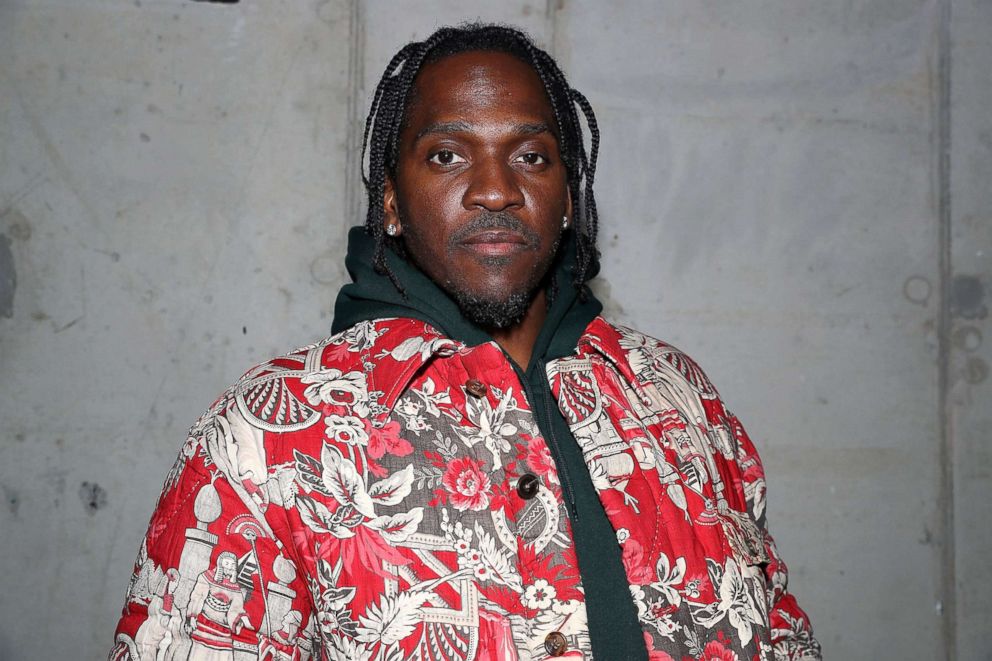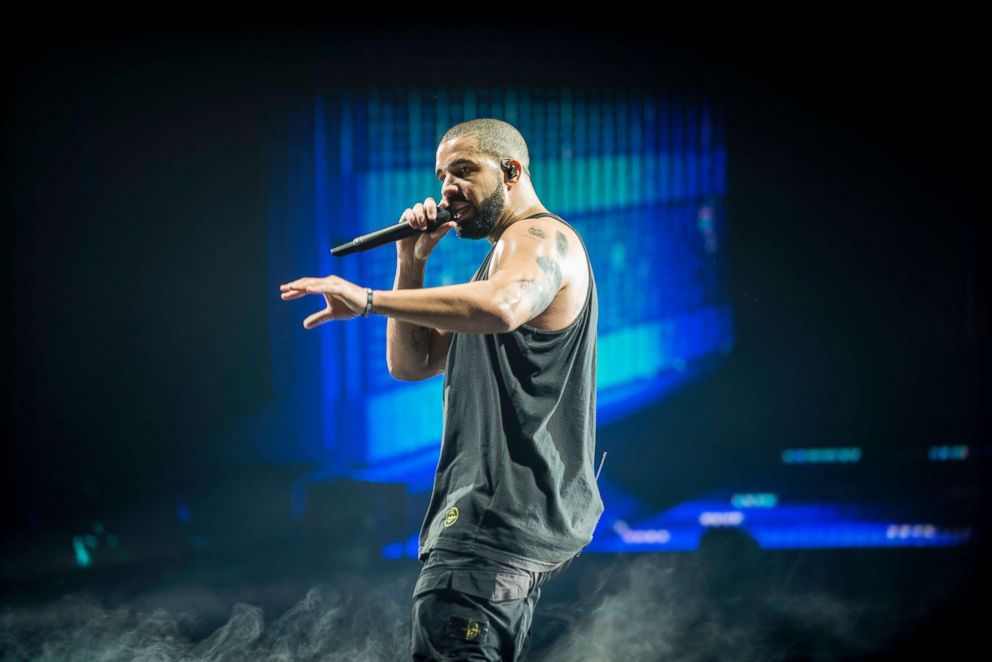Drake explains why he dressed up in blackface: 'The struggle for black actors has not changed much'
The rapper said he did it to "raise our frustrations" from being typecast.
Thanks to rapper Pusha T, Drake has been forced to explain why he dressed up in blackface in a 2007 photo shoot.
"I know everyone is enjoying the circus but I want to clarify this image in question," Drake’s Wednesday post to his Instagram Stories began.
The two performers have been involved in a longstanding rap battle that was recently reignited with Pusha T's "Infared" from his much-discussed "Daytona" album, which was released last week.
It's the same album that uses a photo from Whitney Houston's bathroom, which seemingly has drugs and drug paraphernalia visible, as its album cover.
On the song, Pusha raps, "It was written like Nas but it came from Quentin," which is the name of Drake's alleged ghostwriter, Quentin Miller.
Drake, 31, immediately responded with his own diss track, titled "Duppy Freestyle," in which he slings tons of insults at the Virginia-bred rapper, including this line: "Don't push me when I'm in album mode/You not even top 5 as far as your label talent goes."

Not to be outdone, Pusha T, 41, waited a few days, Tuesday, to respond to Drake with "The Story of Adidon." And with this release, he caused a firestorm with its verses and cover art.
In his verses, he resurfaced rumors that Drake is now the father of a child with porn star Sophie Brussaux, a story that was first reported by TMZ in May 2017.
Neither Drake nor Burssaux has ever confirmed they had a relationship or a child. Neither responded to ABC News’ request for comment Thursday.
But Pusha T's cover art for "The Story of Adidon" was a photo of Drake in blackface. Photographer Davie Leeyes, who shot the photo in 2007, authenticated the image,
It forced Drake to explain why he participated in the photo shoot, which he did late Wednesday.
"This was not from a clothing brand shoot or my music career," Drake explained as he was wearing clothing from Canadian street wear brand, Too Black Guys, that displays a Jim Crow cartoon.
"This picture is from 2007, a time in my life where I was an actor and I was working on a project that was about young black actors struggling to get roles, being stereotyped and type cast. The photos represented how African Americans were once wrongfully portrayed in entertainment," he continued.
"Me and my best friend at the time Mazin Elsadig who is also an actor from Sudan were attempting to use our voice to bring awareness to the issues we dealt with all the time as black actors at auditions. This was to highlight and raise our frustrations with not always getting a fair chance in the industry and to make a point that the struggle for black actors has not changed much," Drake concluded.

Adrian Aitcheson, the founder of Too Black Guys, the street wear brand featured in the photo, also released a statement to Slate Wednesday.
"The photo in question was not from a Too Black Guys photoshoot however it did feature clothing from Too Black Guys’ JIM CROW COUTURE/HOUSE OF CROW collection which was released in 2008. The collection featured several graphics that highlighted the painful and dangerous period of the Jim Crow Era," the statement began.
"Too Black Guys has a history of representing the black experience in an unapologetic way. Although this was not an image from any of our photoshoots, we feel that Drake, who is a long-time friend of the brand, was brilliantly illustrating the hypocrisy of the Jim Crow Era," the statement continued.
"The subtleties of Drake, a young black man, mimicking how white men used to mimic and dehumanize black people may be lost in a rap battle but we should not be distracted from the issues that are still affecting our communities."




